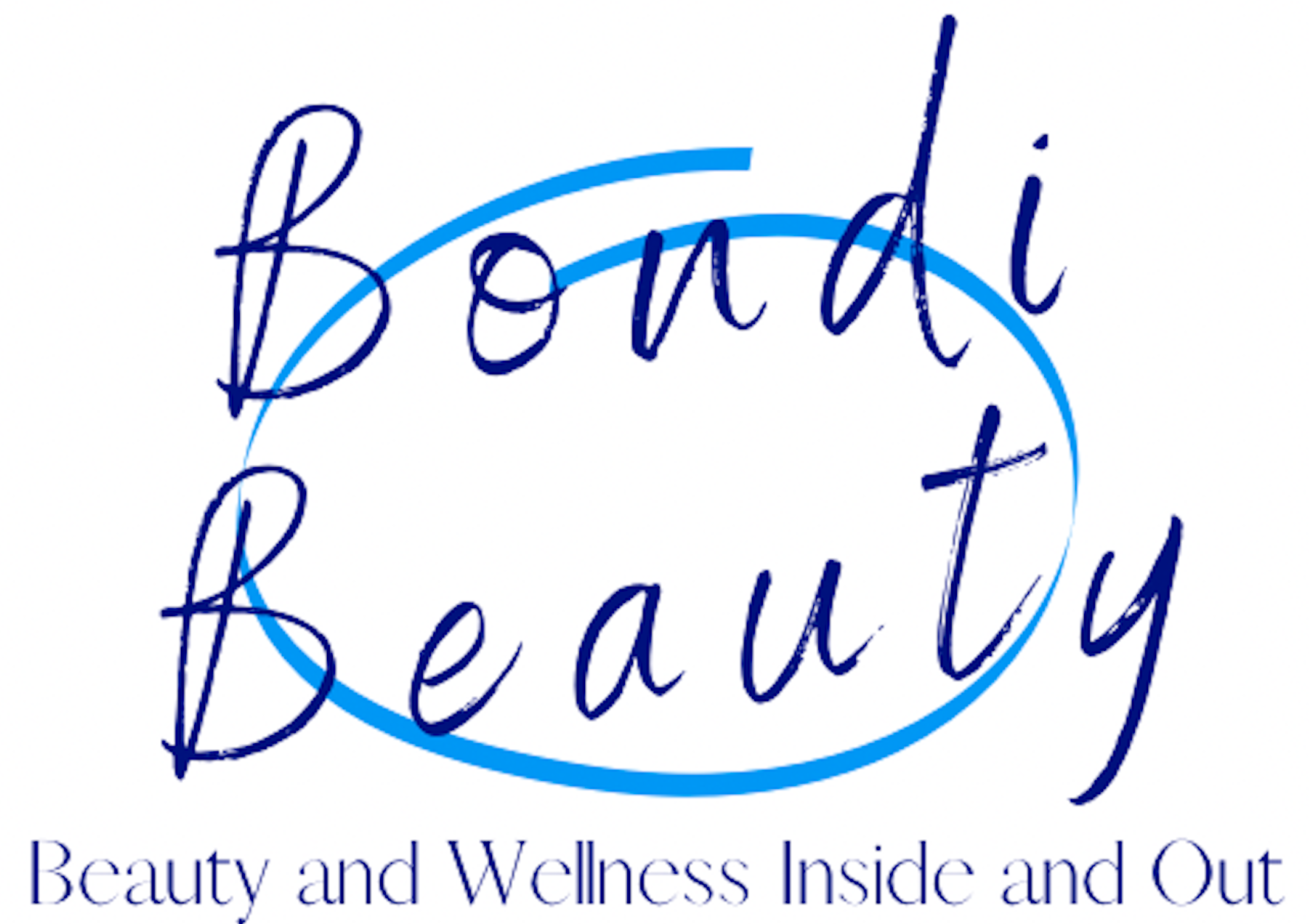Vipassana meditation retreats involve sitting silently for 10 hours per day for 10 days.
There is no communication between participants and yet meditators report never having felt more connected to themselves and others.
Author of Sapiens Yuval Noah Harari has been practicing Vipassana for 20 years and Jack Dorsey CEO of twitter famously gave up alcohol, drugs and sex to practice the technique tweeting that it “continues to be the toughest and best thing I do for myself.”
Harari and Dorsey are among millions of people who undertake this annual retreat and practice daily, but what is it all about?
The Vipassana technique
Vipassana, roughly translated to “insight”, is one of India’s most ancient techniques of meditation and it is accessible through a 10-day silent retreat. Modern-day Vipassana courses are secular in nature, however the technique derives from Buddhism.
According to dhamma.org, it is an observation-based, self-exploratory journey that focuses on deep interconnection between the mind and body. Such interconnection is realised through disciplined attention to the physical sensations.
The practice allows participants to ‘see things as they really are’ by training one’s mind. The objective being to see the truth of impermanence.
The retreat is supported by donations which provides basic dorm room accommodation and two vegan meals per day. Meditatiors rise at 4 am and retire at 9 pm.
Signing up to do a 10-day retreat is a big commitment. Consider the following tips to survive and thrive through this life changing experience.
Clear Your Schedule
10 days is a long time.
It’s important to keep in mind the course doesn’t start until the morning after you arrive, meaning the day you arrive is like day 0 and the day you leave is like day 11.
It is the 10 days bookended by these two dates that encompass the Vipassana retreat.
Pack Comfortable (and Practical) Clothes
You will be sitting for 1 hour at a time, 10 hours of the day so you will want comfortable clothes to sit in.
Cotton is great because it doesn’t smell (you may have limited access to clothes washing facilities, or the weather may not be suitable to dry your clothes).
Modest or conservative clothing must be worn at Vipassana retreats. This means your shoulders, neck and knees should be covered.
Scarfs and shawls are good for these purposes, and are especially useful in cooler temperatures.

Prepare Yourself Mentally
Many people leave retreats prematurely.
Remember your reasons for coming. Remind yourself what you hope to get out of the 10 days when you are going through difficult times during the course.
Surrender
By fully surrendering and sinking into the meditative practice facilitated in the retreat, practitioners are said to reap more benefits.
This may include feelings of deep relaxation, clarity, increased self-awareness and greater control over your emotions.

Be Kind to Yourself
Vipassana.org describes the 10 days course as requiring “hard, serious work.” Vipassana is undeniably a long and intensive retreat.
Boredom, anger and frustration are common emotions that may crop up from time to time and it is important to recognise that these feelings and challenges are part of the experience and part of life.
Know that everyone else is struggling too and choose self-compassion over self-criticism and forgiveness over guilt.
Whilst it’s not recommended, remember that you can always leave early.
Napping is good. Taking naps between blocks of meditation can help you to recharge.
Detox from screens, social media and the pressures of every-day life by completing a Vipassana retreat this year.





